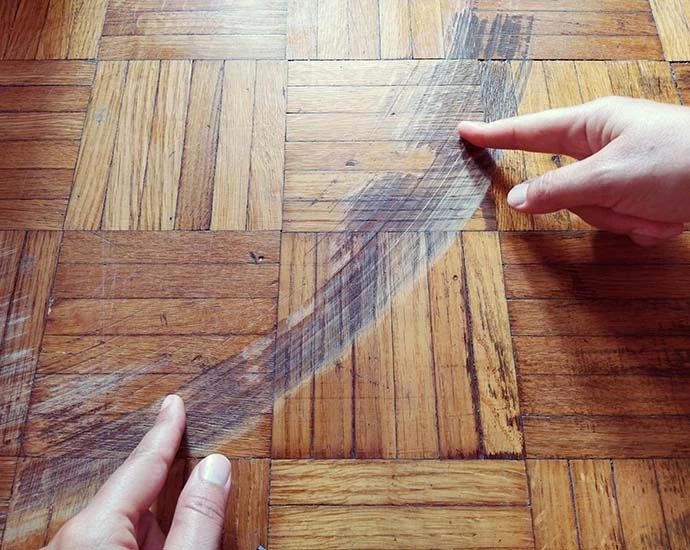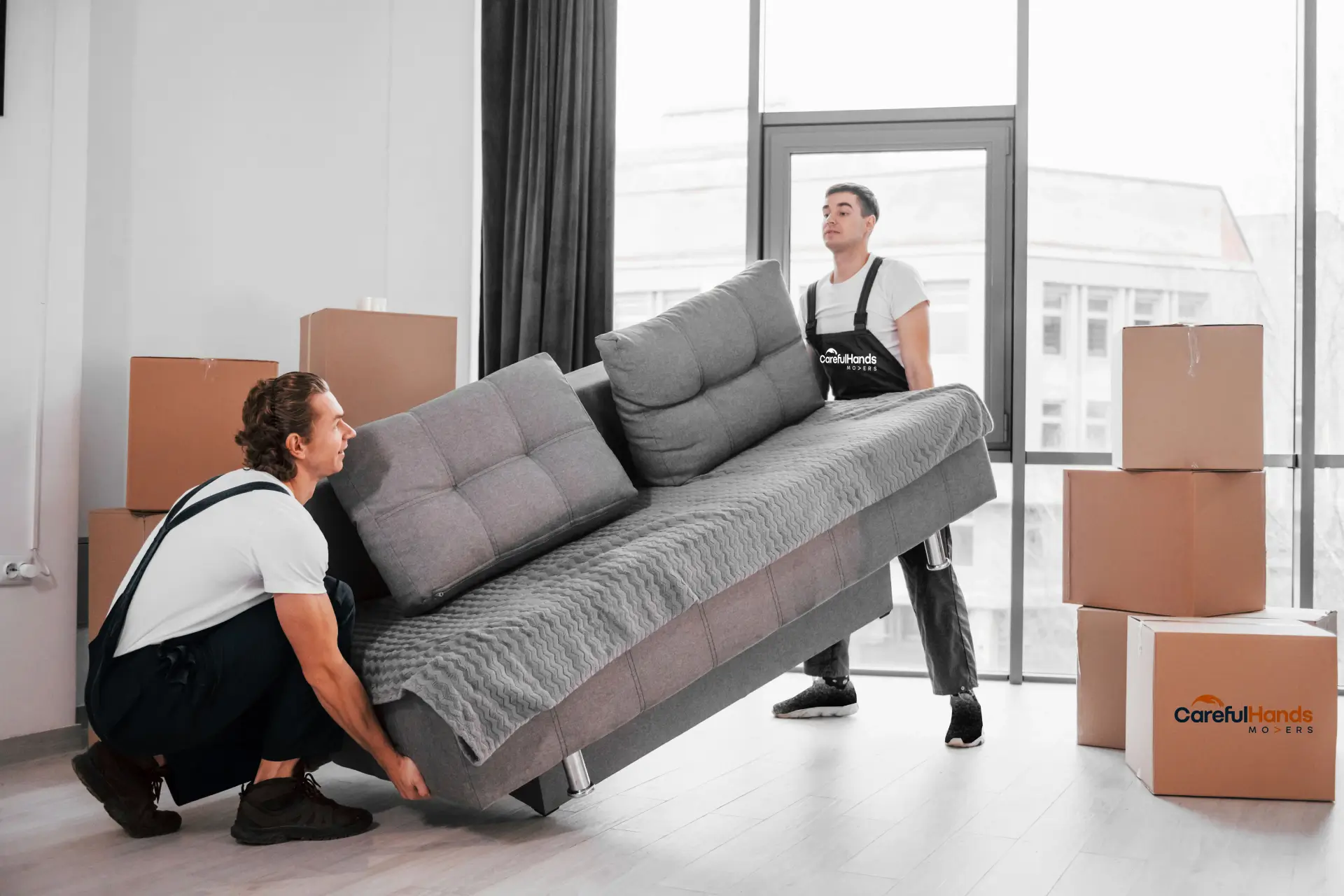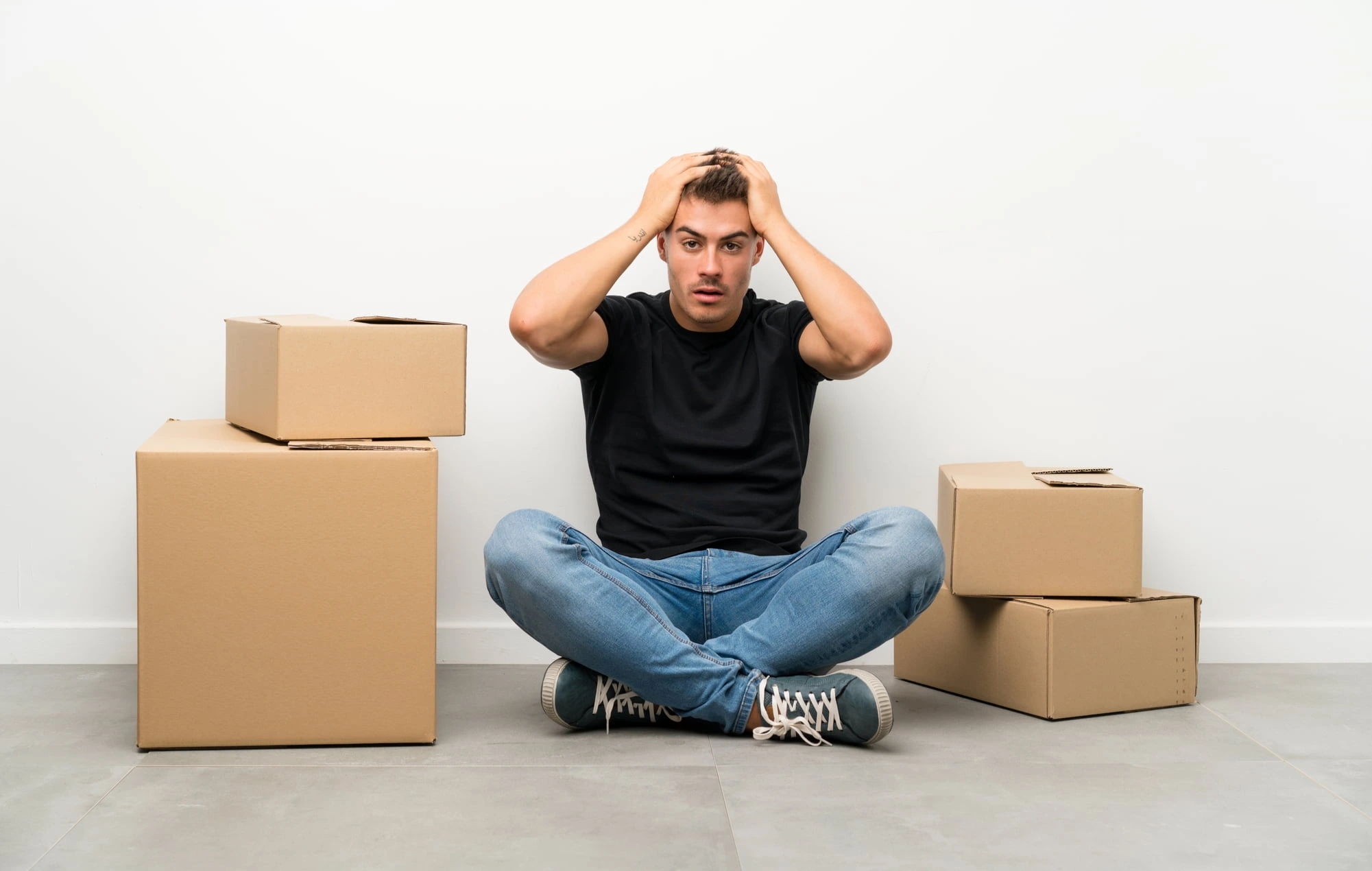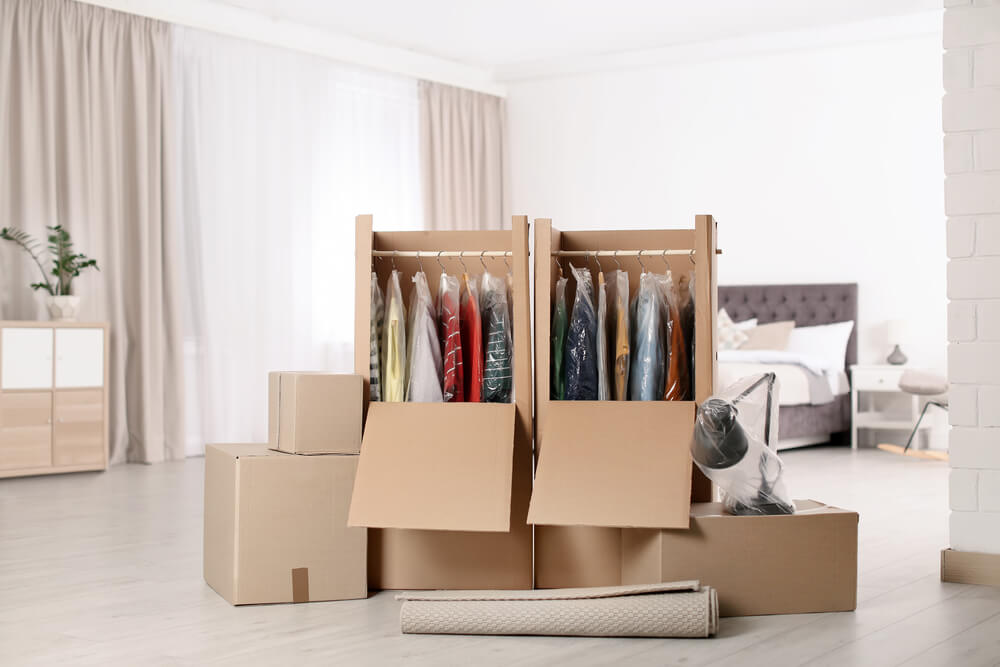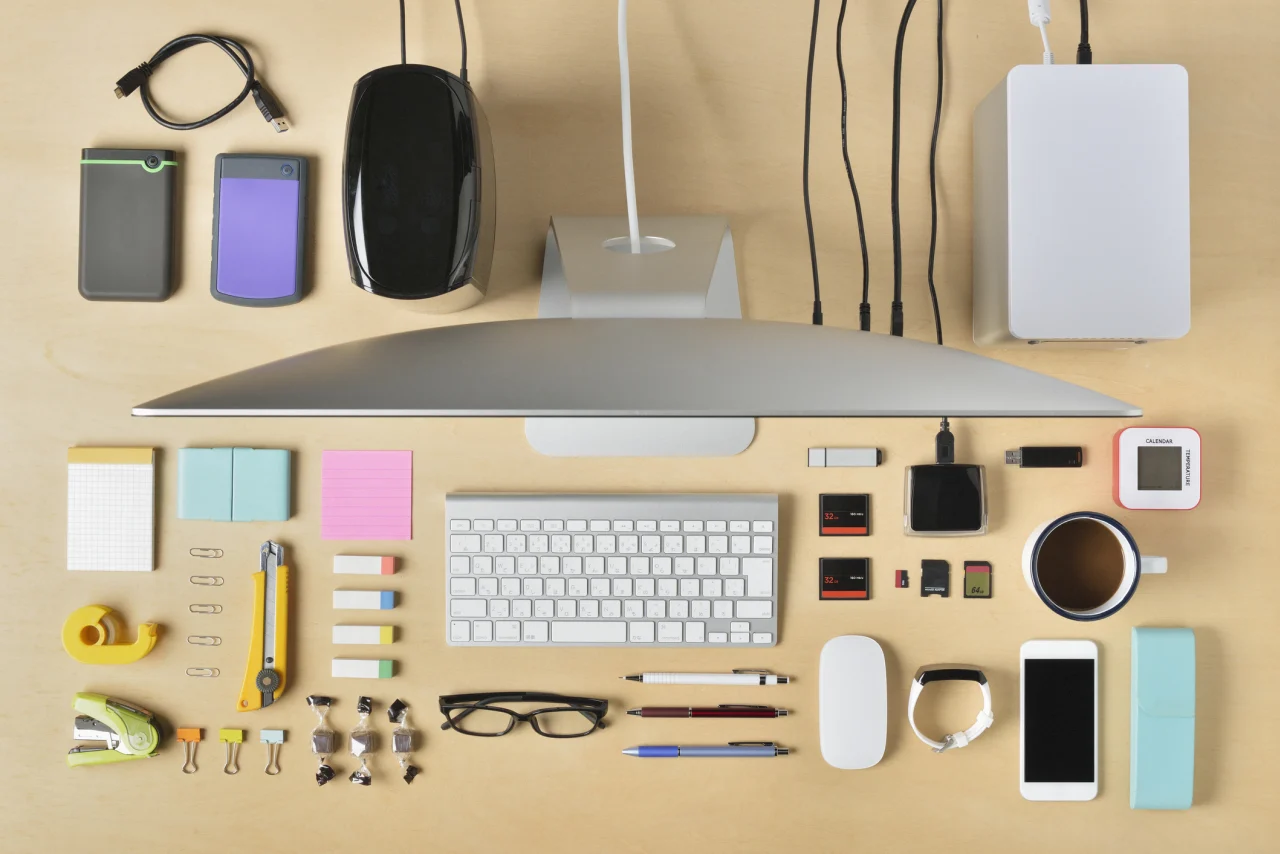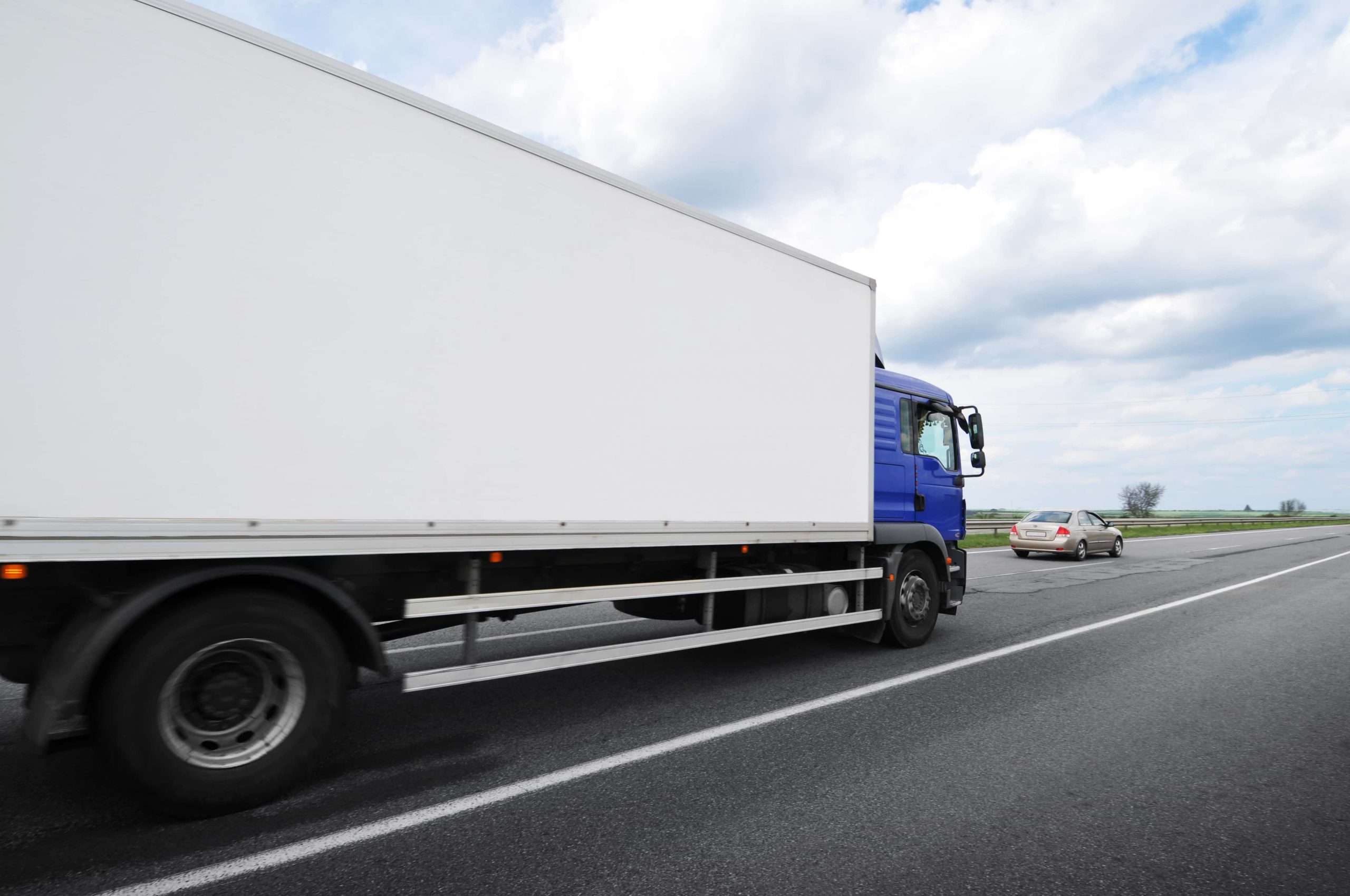Proven Tips to Protect Your Floors and Walls During a Move
While changing residences is often met with joy, the process can be fraught with anxiety and chaos. Floor and wall protection should be high on your list of moving priorities. Damage to your floors and walls can occur when moving heavy objects like furniture, cartons, cardboard boxes, and appliances.
This article will provide tried and true methods for safeguarding your both the walls and flooring during the moving process.
Use Heavy Furniture Sliders
Furniture sliders are a great way to ensure floor protection from scratches and dents when moving heavy furniture. They come in various sizes and shapes, typically plastic or felt. Place them under the legs or corners of your furniture and slide them across the hardwood floors rather than lifting and dragging them. This will prevent your furniture from scratching or damaging your floors and keep you from having broken tiles.
Protect Floors from Scratches
Another effective way to protect your floors during a move is to cover them with protective materials such as drop cloths, cardboard, or plastic sheeting. These materials will provide a barrier between your floors and any potential scratches or dents. You can also use carpet protection film on carpets to protect them from spills and dirt.
Remove Shoes
Upon entering your home, you should require all shoe removal from the movers and other helpers. Damage to your floors from dirt and debris tracked in on shoes is possible. Shoe covers or mats at doorways can keep dirt and debris out of your tiled floors if you wear shoes indoors.
Use Door Protectors
Moving large items such as furniture or appliances can easily bump into walls and door frames, causing damage. Consider using door protectors or door jamb protectors to prevent any accidental damage. These can be easily attached to the door frame, providing a cushioned barrier between the door and any potential damage due to sharp wall corners when turning.
Wrap Furniture in Moving Blankets
Moving blankets are thick, padded blankets designed to protect your furniture during a move. Wrap your furniture in furniture blankets to prevent damage from bumps or scratches during transportation. You can also use blankets or towels to wrap smaller items, such as lamps or picture frames.
Use Proper Lifting Techniques
Moving big goods requires careful lifting to avoid injury and damage to your floors and walls. Use your legs to raise rather than your back and knees when possible. Because of this, you won’t have to worry about straining your back or accidentally damaging your furniture or walls. Dollies and hoisting straps can make it much easier to move big objects.
Disassemble Furniture
Disassembling large furniture items such as beds, dressers, and desks can make moving them easier and prevent potential damage. Remove any detachable parts and place them in labelled bags or boxes. This will also make reassembling your furniture in your new home easier.
Hire Professional Movers
Hiring professional movers can be a great option to ensure the safety of your wooden floors or tile floors and walls during a move. Professional movers have experience moving furniture and appliances and can provide additional services such as packing, unpacking, and storage. They also typically have insurance coverage to protect your belongings in case of damage during the move.
Use Corner Guards
Corner guards are plastic or rubber protectors that can be attached to the corners of walls and furniture. They provide a cushioned barrier between your walls and furniture and protect walls from accidental damage during the move. You can also use foam tubing to protect the edges and corners of furniture.
Use Proper Packing Techniques
Avoiding damage to your walls and flooring during the relocation can be accomplished with careful packing. Pack your things securely in sturdy boxes and with packing materials to avoid damage during transport. Always properly mark boxes and place heavy items at the bottom. Wrap dishes and other fragile goods with bubble wrap or packing paper to prevent breakage in transit.
Plan Your Route
Before moving heavy objects, you should map your approach to avoid tight spots or obstructions. Make sure your furniture will fit through doors and hallways by measuring their widths. You should take a door off its hinges if you need to move a heavy object through a narrow passageway.
Take Precautions with Appliances
Appliances can be challenging to move and a hazard if not handled properly. Make sure to turn off and disconnect all devices before moving them. Secure any loose parts or doors with tape or straps to prevent them from swinging open during transportation. Use appliance dollies to make it easier to move heavy appliances.
Inspect Your New Home
Before moving any furniture or boxes into your new home, inspect the floors and walls for any existing damage. Note any scratches, dents, or stains and take pictures if necessary. This will help you identify any damage that may have occurred during the move and prevent you from being held responsible for pre-existing damage.
Consider Hiring a Cleaning Service
Hire a cleaning agency after the relocation is finished so that you may give your new house a thorough cleaning. This will provide a clean slate in your new home by removing any dust, grime, or debris that may have accumulated during the move. A clean house is also a terrific way to relax and unwind throughout the change.
Secure Rugs and Carpets
Rugs and carpets can be easily damaged during a move, especially if not adequately secured. Roll up and ensure all rugs and carpets before moving them. Use straps or twine to keep them securely rolled and prevent any damage from occurring during transportation.
Cover Light Switches and Outlets
Light switches and outlets can be easily damaged if not adequately protected during a move. Use tape or plastic covers to protect them from accidental bumps or scratches. This will also prevent dust or debris from entering the switches or outlets.
Protect Stairs and Banisters
When moving, stairs and banisters are often scraped or damaged by heavy furniture or boxes. Move heavier objects up and down the stairs on furniture sliders while protecting the banisters and railings with moving blankets or bubble wrap. Stair protectors are available to shield your stairs from damage during relocation.
Label Fragile Items Clearly
Clear labelling is essential during a move, especially regarding fragile items. Make sure to label all fragile items clearly with the word “fragile” and use arrows to indicate which side should be facing up. This will help your movers handle your things carefully and prevent accidental damage. Additionally, place fragile items on top of boxes or in the centre of furniture pieces to protect them from bumps or drops.
Be Prepared for Unexpected Issues
No matter how well you plan and prepare for your move, there is always the possibility that something unexpected may occur. Make sure to be ready with a plan in case of any issues with your movers or if something unexpected comes up. Have a list of emergency contacts handy and stay organized throughout the move. You can use this to ensure you don’t get off course and that everything goes as planned.
Conclusion
With the right amount of planning, moving can be manageable. Let Careful Hands Movers help you make your move worry-free!
Hire Careful Hands Movers for an easy and stress-free move. Our experienced team of professionals will provide you with the best moving services to ensure a safe and successful transition into your new home.
Moving Tips and Tricks
Discover efficient packing strategies, organisation hacks, and expert advice to streamline your moving process and ensure a smooth transition.

Pre-Move Checklist for Landlords
Long-term storage can be a convenient solution for those with items that aren’t currently being used but still hold sentimental or practical value. Whether moving to a smaller space, transitioning, or needing extra space to keep these belongings for some time, keeping your items in long-term storage ensures their safety and value.
View ArticleOur Removalist Services
- Removalists Sydney
- Removalists Melbourne
- Removalists Melbourne to Sydney
- Removalists Sydney to Melbourne
- Removalists Melbourne to Adelaide
- Removalists Adelaide to Melbourne
- Removalists Melbourne to Canberra
- Removalists Canberra to Melbourne
- Removalists Melbourne to Brisbane
- Removalists Brisbane to Melbourne


